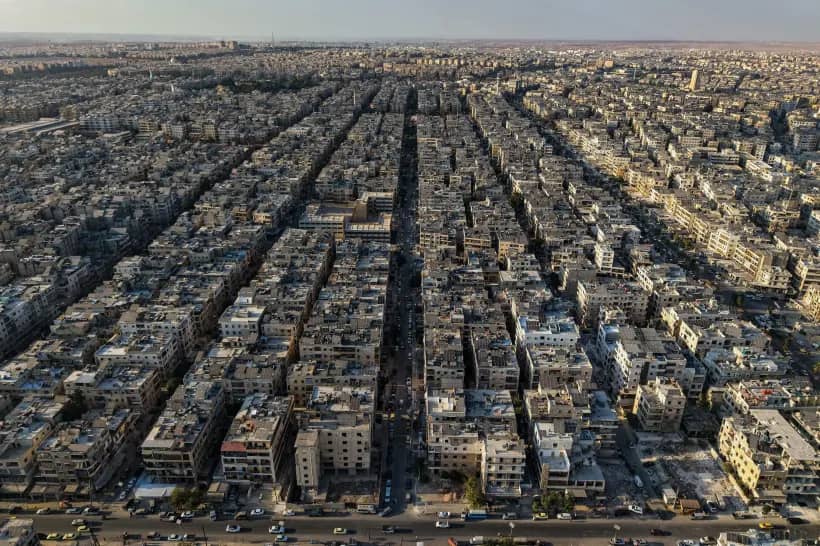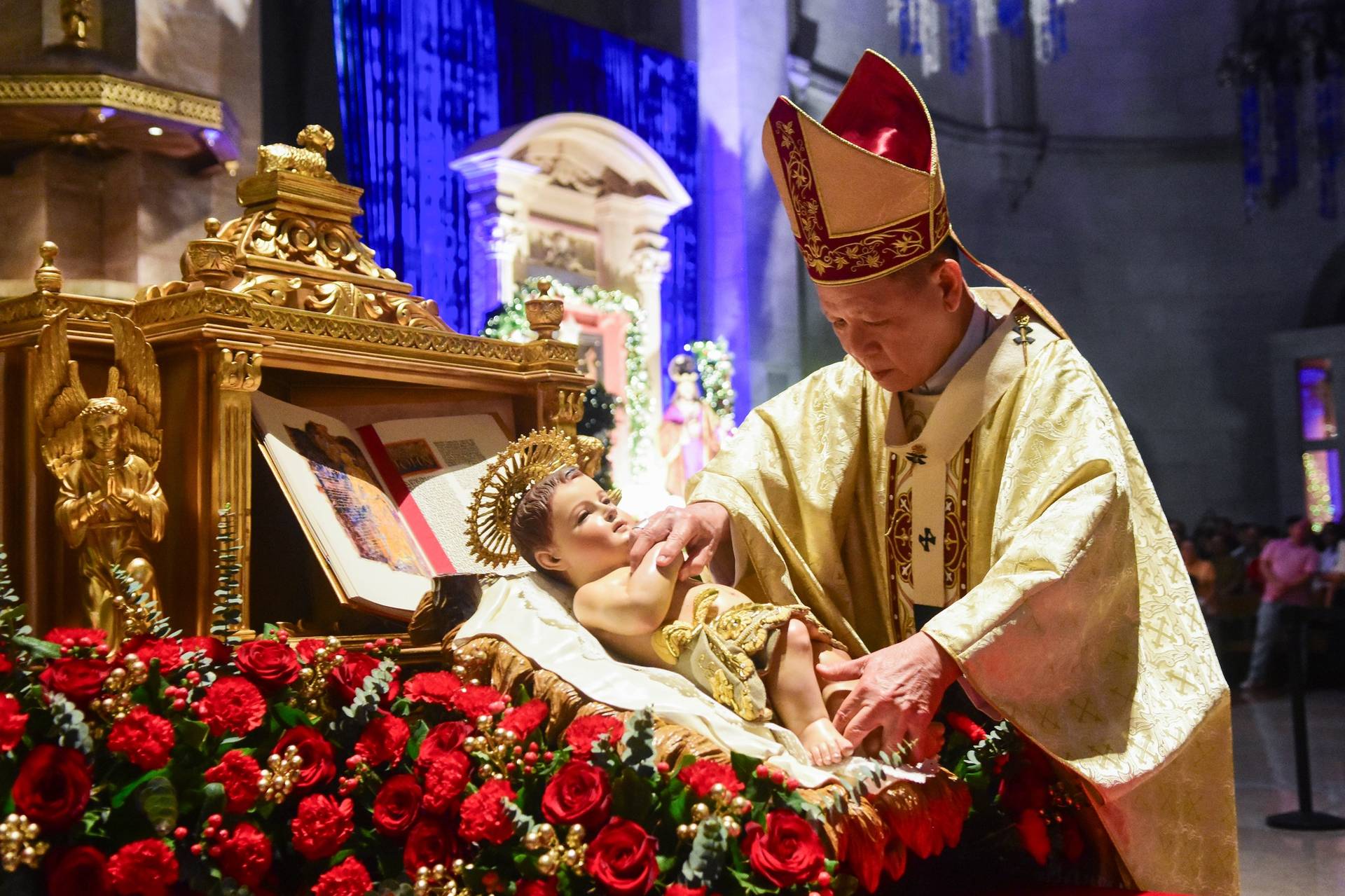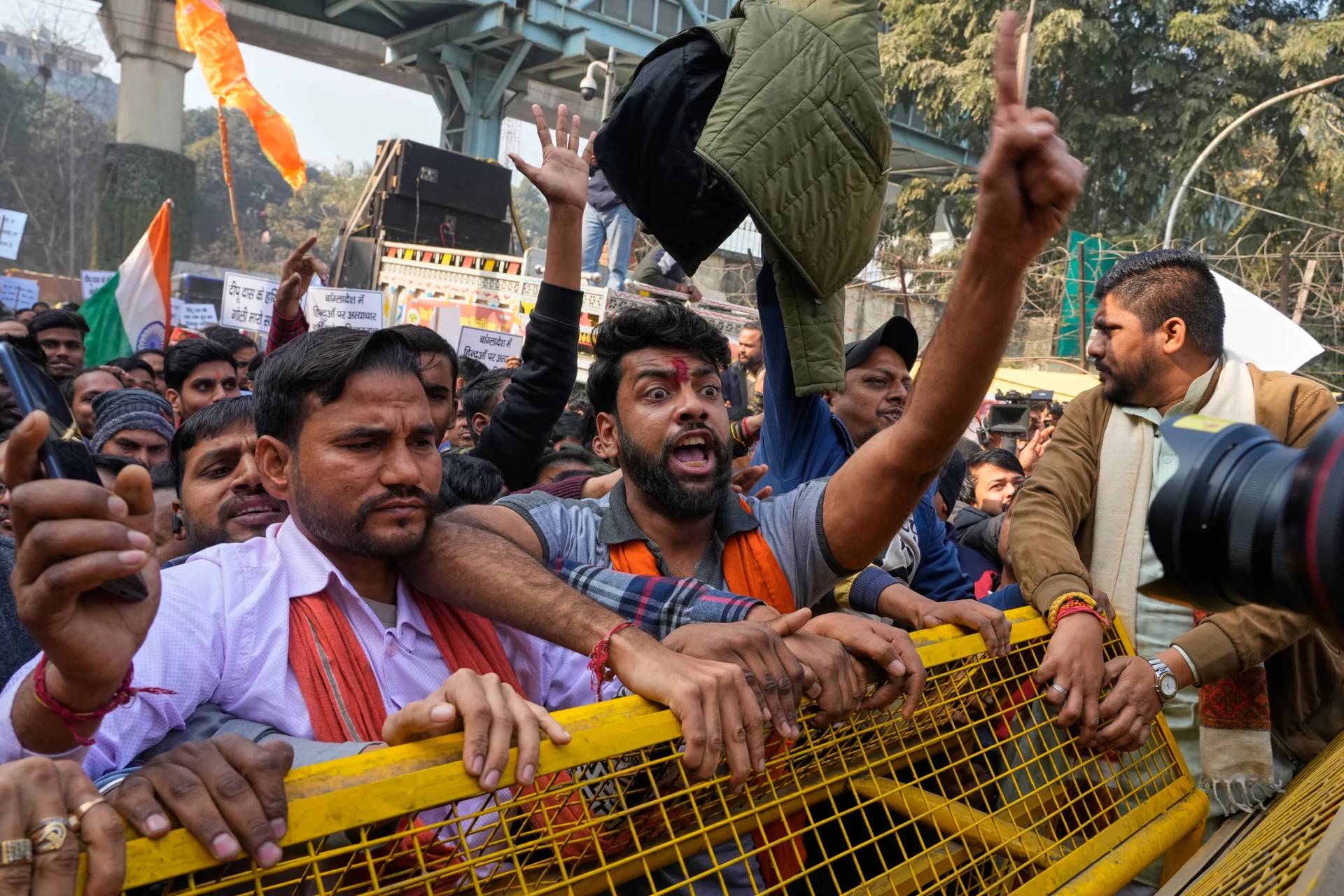ROME – In a video series published ahead of Pope Francis’s visit to Mongolia this week, Cardinal Giorgio Marengo said the papal trip showcases the pope’s love of the peripheries and allows the voice of one of the Church’s smallest flocks be heard.
“We know how much the Holy Father has the dimension of the periphery in his heart, understood as an experience, perhaps, of marginality, even of minority, of a life of faith that is confronted with a majority that has other points of reference,” Marengo said in the final video installment, released Aug. 28.
Recorded specifically for Fides News, a Catholic missionary news agency established in 1927 that formally belongs to the Vatican’s Dicastery for Evangelization, the video is one of seven produced for a special series on the upcoming papal visit to Mongolia.
Pope Francis will travel to Mongolia from Aug. 31-Sept. 4, making him the first pope to visit the country, despite a lengthy history of relations between the Vatican and the Mongol state dating back to the 13th century.
Bordered by both Russia and China, Mongolia is of great geopolitical interest as the Vatican seeks to strengthen ties with Chinese authorities and to engage Russian leaders in peace talks amid its ongoing war with Ukraine.
The Vatican has long been engaged in a courtship of sorts with both countries, so the pope’s visit to Mongolia, the first of a pontiff to the region, is considered a significant step in drawing closer to these two geopolitical giants.
Mongolia itself has sought to walk a balanced line in maintaining relations with both China and Russia despite historic tensions.
Yet apart from the geopolitics involved, Marengo said the pastoral aspect of the visit is of special importance to the country’s handful of Catholics, who number less than 1,500 in a population of roughly 3.4 million.
“I think that Mongolia, in this sense, represents an experience of being Catholic in a condition of minority, at times of marginality, that can perhaps offer the rest of the Church the gift of the freshness of a faith that questions itself, that allows itself to be questioned by reality, that doesn’t have great external forces or signs to rely on, but counts on the living presence of the risen Lord and on dialogue, on caring for the little ones,” Marengo said.
In this sense, he said, “the periphery, if we can call it that, also has something to say to the rest of the universal Church.”
Francis has long prioritized the world’s peripheries in both the cardinals he has named and in his international travel, skipping over major world capitals and preferring to visit places with small Catholic minorities, such as Georgia and Azerbaijan, Kazakhstan, the United Arab Emirates and Bahrain.
Marengo himself, who at 49 is the Catholic Church’s youngest cardinal, received his red hat from the pope in August 2022, putting the Apostolic Prefecture of Ulaanbaatar and the Church in Mongolia on the map.
While Catholicism has had a footprint in Mongolia for centuries, it all but disappeared during the Communist era in the 1900s, with freedom of religion returning only in 1992 after Mongolia’s break from Soviet rule and the drafting of its own constitution.
As religion in general began to regain its presence in Mongolian society, the Catholic Church was among them, with missionaries arriving shortly after the end of Communism.
Today Mongolia is a majority Buddhist, with around 53 percent of the country adhering to primarily Tibetan Buddhism. Shamanism, Islam, Hinduism, and Judaism also have a presence, in addition to Christianity.
In his remarks, Marengo said the pope’s visit to Mongolia is not only a sign of Francis’s affection for the margins, but of God’s own love for the small and vulnerable.
“It’s interesting to see how Mongolia and the Church in Mongolia, if you like, on one hand seems so far away, but also, and especially with the Holy Father’s interest, is becoming closer and closer,” he said.
The visit of the Successor of Peter, “who is taking an interest in this little flock, tells us how much our Lord cares for everyone, even the people who live, geographically, in areas that are perhaps less known in the world,” Marengo said.
In this sense, “a reality as old as the tradition of the Catholic Church” will come face to face with “the newness of a small believing community, that faces many difficulties, but which is also animated by a great hope for the future,” he said.
“We hope that this journey will truly bring this gift of grace, of friendship among the most diverse peoples, and also of witness, solidarity, and hope for this people of Mongolia,” he said.
Follow Elise Ann Allen on X: @eliseannallen














